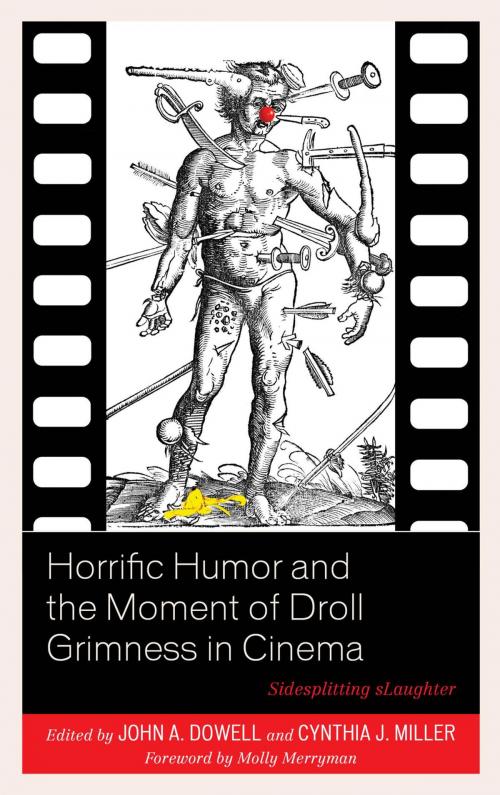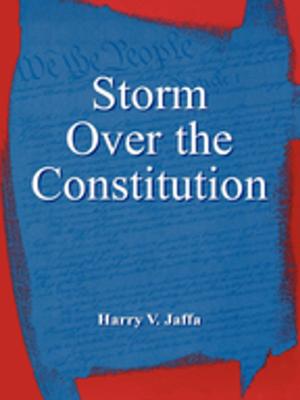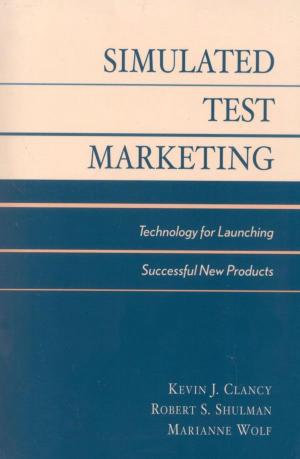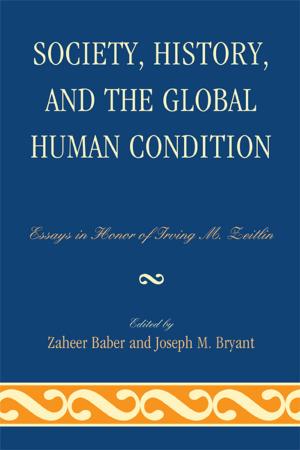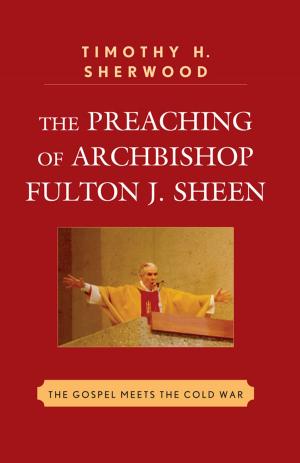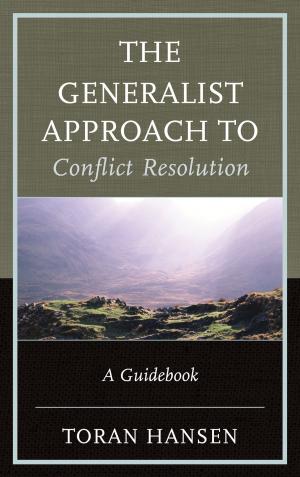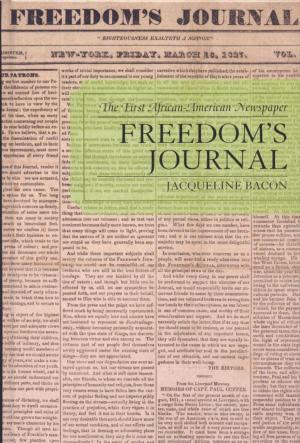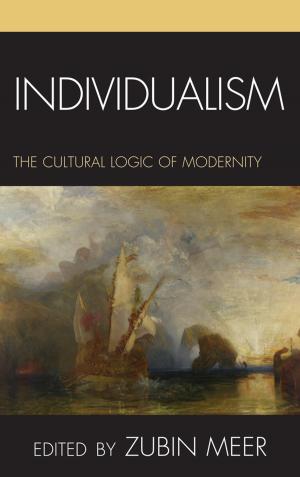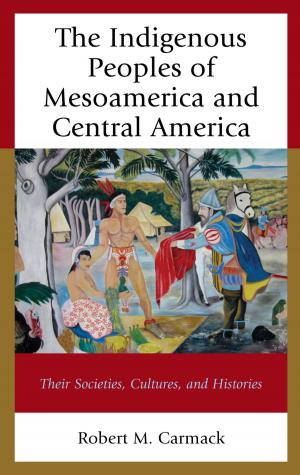Horrific Humor and the Moment of Droll Grimness in Cinema
Sidesplitting sLaughter
Nonfiction, Entertainment, Film, Social & Cultural Studies, Social Science, Cultural Studies, Popular Culture| Author: | Cynthia J. Miller, Moritz Fink, William Quiterio, Ben Betka, John A. Dowell, Iain J. W. Ellis, Colin Yeo, Don Tresca, Ann Larabee, Ben Urish, David Misch, Thomas Britt | ISBN: | 9781498565004 |
| Publisher: | Lexington Books | Publication: | December 6, 2017 |
| Imprint: | Lexington Books | Language: | English |
| Author: | Cynthia J. Miller, Moritz Fink, William Quiterio, Ben Betka, John A. Dowell, Iain J. W. Ellis, Colin Yeo, Don Tresca, Ann Larabee, Ben Urish, David Misch, Thomas Britt |
| ISBN: | 9781498565004 |
| Publisher: | Lexington Books |
| Publication: | December 6, 2017 |
| Imprint: | Lexington Books |
| Language: | English |
Horrific Humor and the Moment of Droll Grimness in Cinema: Sidesplitting sLaughter presents the first focused look at the moment in audience reception where screams and laughter collide. John A. Dowell and Cynthia J. Miller bring together twelve essays from an international collection of authors across the disciplines. The volume begins with an examination of the aesthetics and mechanics of the sLaughter moment, then moves closer to look at the impact of its awkward frission of humor and horror on the individual viewer, and finally, broadens its lens to explore sLaughter’s implications for the human condition more generally. The chapters discuss such box office hits such as A Clockwork Orange (1971), Fargo (1996), The Dark Knight (2008), and The Cabin in the Woods (2012), as well as cult classics such as The Toxic Avenger (1984) and Dead Snow (2009).
Horrific Humor and the Moment of Droll Grimness in Cinema will be of great interest to scholars of both humor and horror, as well as to those working in reception studies and fans of cult cinema.
Horrific Humor and the Moment of Droll Grimness in Cinema: Sidesplitting sLaughter presents the first focused look at the moment in audience reception where screams and laughter collide. John A. Dowell and Cynthia J. Miller bring together twelve essays from an international collection of authors across the disciplines. The volume begins with an examination of the aesthetics and mechanics of the sLaughter moment, then moves closer to look at the impact of its awkward frission of humor and horror on the individual viewer, and finally, broadens its lens to explore sLaughter’s implications for the human condition more generally. The chapters discuss such box office hits such as A Clockwork Orange (1971), Fargo (1996), The Dark Knight (2008), and The Cabin in the Woods (2012), as well as cult classics such as The Toxic Avenger (1984) and Dead Snow (2009).
Horrific Humor and the Moment of Droll Grimness in Cinema will be of great interest to scholars of both humor and horror, as well as to those working in reception studies and fans of cult cinema.
